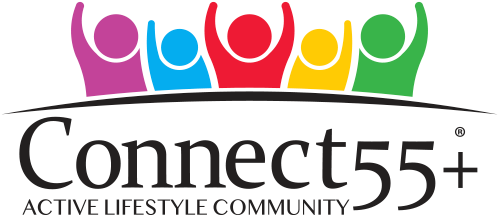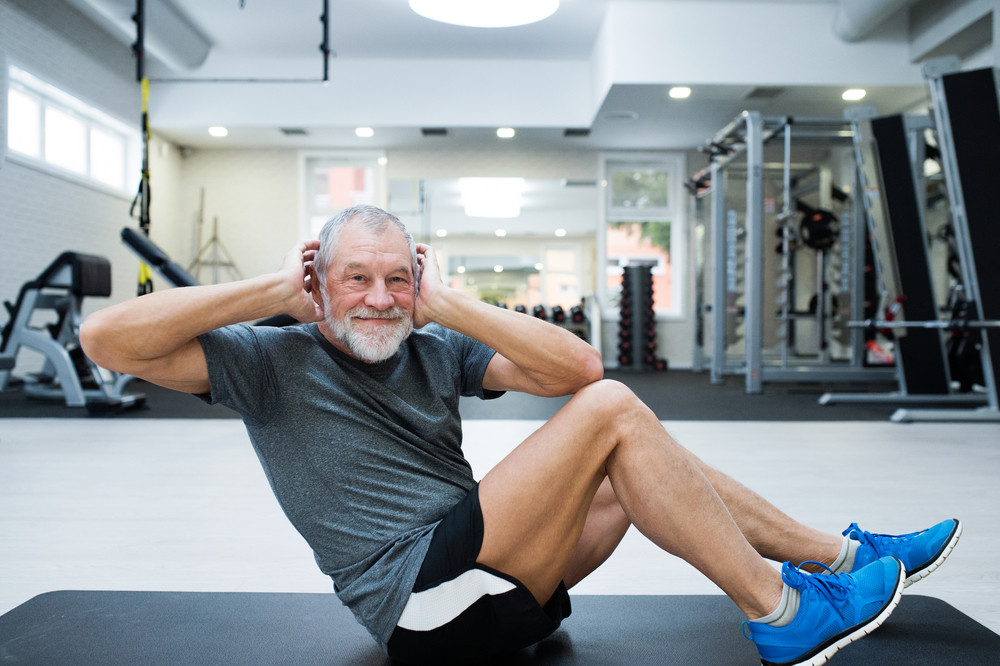There’s a curious irony to modern life. As children, we have endless time and boundless energy but no money. As teenagers, we might earn a little cash, but school and college consume our days. Then adulthood arrives with financial stability, yet work demands fill every waking hour.
Finally, retirement beckons with the promise of freedom and resources, only to find ourselves still tied down by home maintenance, yard work, and lingering responsibilities. When do we actually get to live life on our own terms? The answer is reshaping how we view retirement entirely. Welcome to the era of active retirement, where today’s seniors are choosing vibrant over-55 communities and proving that the golden years can truly be golden.
This article explores how retirees are breaking stereotypes, what active retirement really means, and why 55+ communities are becoming the lifestyle choice for those who refuse to let age define their adventures.
What Does Active Retirement Mean?
Active retirement describes a lifestyle where retirees pursue physical activities, social engagement, continuous learning, and personal growth. Rather than viewing retirement as a time to wind down, active retirees see it as a launchpad for new experiences. This approach encompasses everything from daily fitness routines and travel adventures to volunteer work and creative pursuits.
The concept challenges the outdated notion that retirement equals sitting on the porch in a rocking chair. Today’s retirees are hiking mountain trails, taking pottery classes, learning new languages, and building meaningful connections within their communities. They’re not just passing time; they’re making the most of it.
Senior Fitness and Lifestyle: How Today’s Retirees Stay Energized
Why Is Physical Activity Central to Redefining Retirement?
Physical activity maintains health, independence, and quality of life throughout retirement. For today’s active seniors, fitness isn’t optional but rather a cornerstone of their daily routine. The benefits extend far beyond physical health to include mental sharpness, emotional well-being, and social connection.
Modern senior fitness and lifestyle programs cater specifically to the needs and preferences of mature adults:
- Low-impact cardio classes like water aerobics and cycling that protect joints while building endurance
- Strength training sessions are designed to maintain muscle mass and bone density
- Yoga and tai chi for flexibility, balance, and stress reduction
- Walking clubs that combine exercise with social interaction
- Dance classes from ballroom to line dancing that make fitness fun
Many 55+ communities now feature state-of-the-art fitness centers with equipment tailored for senior use, along with certified trainers who understand age-appropriate exercise protocols. Group classes create accountability and friendship, turning solitary workouts into social events.
What Do Active Retirement Groups Do?
Active retirement groups organize social activities, educational programs, volunteer opportunities, and recreational outings for their members. These groups form the heartbeat of vibrant senior communities, creating structure and purpose that many people miss after leaving their careers.
Activities typically include:
| Activity Type | Examples |
| Educational | Guest lectures, book clubs, language classes, computer workshops |
| Social | Game nights, potluck dinners, happy hours, themed parties |
| Recreational | Golf tournaments, craft sessions, gardening clubs, theater groups |
| Service-Oriented | Community volunteering, mentorship programs, charity fundraisers |
| Adventure-Based | Group travel, day trips, museum visits, concert outings |
These groups provide so much more than entertainment. They create belonging, combat isolation, and give retirees a sense of purpose that enriches everyday life.
Senior Living Activities in 55+ Communities
How Do Over-55 Communities Support an Active Lifestyle?
Over 55 communities provide amenities, programs, and social infrastructure specifically designed for active adult living. These planned developments remove many of the burdens that traditionally accompany homeownership, freeing residents to focus on enjoyment rather than maintenance.
The typical amenities package includes:
- Resort-style pools and hot tubs
- Clubhouses with event spaces
- Tennis and pickleball courts
- Walking and biking trails
- Art studios and craft rooms
- Libraries and computer centers
- On-site restaurants or cafes
But the real magic lies in the programming. Professional activities directors curate calendars packed with senior living activities that cater to diverse interests. From morning yoga to evening concerts, from wine tastings to woodworking workshops, there’s always something happening.
The maintenance-free aspect cannot be overstated. Lawn care, snow removal, exterior repairs, and landscaping are no longer your problem! They are quietly handled by the community association. This freedom from chores means more time for pursuits that actually matter to you.
Travel and Adventure: Retirement Without Boundaries
Retirement travel has evolved dramatically. Rather than brief vacations squeezed between work commitments, today’s retirees embark on extended adventures. River cruises through Europe, RV journeys across national parks, volunteer trips to developing nations, and month-long stays in foreign countries have become increasingly common.
The financial flexibility many retirees enjoy, combined with fewer time constraints, makes this possible. Travel clubs within 55+ communities often negotiate group rates and organize excursions, making it easier and more affordable to explore the world with like-minded companions.
Some retirees become snowbirds, splitting time between multiple locations. Others embrace slow travel, spending weeks or months truly immersing themselves in a destination rather than rushing through it. The point is choice and the freedom to exercise it.
Lifelong Learning: Education in Active Retirement
What Age Is Active Retirement?
Active retirement typically begins between the ages of 55 and 70, although the specific age varies based on individual health, finances, and personal preferences. There’s no magic number that defines when someone should embrace this lifestyle. Some people retire early and jump immediately into active living, while others transition gradually.
The beauty of modern retirement is its flexibility. Many retirees pursue part-time work, consulting, or passion projects that provide income and purpose without the stress of full-time employment. This allows them to maintain an active lifestyle while still engaging professionally on their own terms.
Educational opportunities abound for curious retirees. Universities offer senior audit programs, where retirees can attend classes without the pressure of grades or degree requirements. Online learning platforms provide access to thousands of courses on every imaginable topic. Local community centers host workshops and seminars.
Learning keeps minds sharp, provides conversation fodder, and opens doors to new hobbies and interests. Whether mastering digital photography, studying ancient history, or finally learning to play the piano, retirees are proving that it’s never too late to become a student again.
What Is the Best Age to Retire?
The best age to retire depends on factors such as financial readiness, health status, personal goals, and lifestyle preferences, rather than a specific number. While 65 has traditionally been considered the standard retirement age, this is increasingly arbitrary.
Factors to consider include:
- Financial security: Do you have sufficient savings, pension income, or Social Security benefits to sustain your desired lifestyle?
- Health and energy: Are you physically and mentally able to enjoy an active retirement?
- Emotional readiness: Do you have interests, hobbies, and social connections outside of work?
- Family considerations: Are there caregiving responsibilities or other obligations?
Many financial advisors suggest working until full Social Security eligibility, but others advocate for early retirement if financial circumstances permit. The rise of active retirement communities has made earlier retirement more appealing by providing built-in social structures and activities that replace workplace relationships.
Community Involvement: Making a Difference
Retirement offers the precious commodity of time, and many active retirees channel this into community service. Volunteering provides purpose, social connection, and the satisfaction of making a tangible difference.
Popular volunteer activities include:
- Mentoring young professionals or students
- Serving on nonprofit boards
- Teaching English as a second language
- Working at food banks or animal shelters
- Participating in environmental conservation projects
- Delivering meals to homebound seniors
- Providing free tax preparation assistance
The skills and experience accumulated over decades of work are valuable resources that communities desperately need. Retirement offers the opportunity to give back while staying engaged and relevant.
The Connect 55 Difference
At Connect 55, we understand that retirement should be about liberation, not limitation. Our platform connects active adults with communities and resources designed specifically for their lifestyle preferences. We celebrate retirees who refuse to be defined by age and instead choose to be defined by their passions, curiosity, and zest for life.
Frequently Asked Questions
Q: How much does it cost to live in a 55+ community?
A: The cost to live in a 55+ community typically ranges between $1,500 and $4,000 per month, with a national median around $3,065. These fees generally cover housing, maintenance, landscaping, utilities, and access to community amenities, offering financial predictability and relief from unexpected home repair costs.
Q: Can I work part-time while living in active retirement?
A: Absolutely. Many residents maintain consulting practices, freelance work, or part-time employment. Active retirement supports whatever balance you choose between work and leisure.
Q: Are pets allowed in 55+ communities?
A: Most communities welcome pets, though specific restrictions on size, breed, or number may apply. Check individual community policies before committing.
Q: Do I have to participate in activities?
A: Participation is entirely optional. The activities are available for those who want them, but there’s no pressure to join. Some residents engage constantly, while others prefer quiet independence.
Q: What happens if my health declines while living in a 55+ community?
A: Many communities offer access to home healthcare services, and some are adjacent to assisted living facilities. However, most age-restricted communities are designed for independent living rather than medical care.
Embracing Active Retirement
The rise of active retirement represents a fundamental shift in how society views aging. Today’s seniors are healthier, more connected, and more adventurous than any previous generation. They’re proving that retirement isn’t about withdrawal but about reinvention.
Over 55 communities have emerged as ideal settings for this lifestyle, removing the burdens of home maintenance while providing the social infrastructure and amenities that support an active, engaged life. These communities recognize that retirement should finally be that time when you have the freedom, resources, and energy to pursue your passions without compromise.
The irony of life’s stages may never fully disappear, but 55+ communities and the active retirement movement are bringing us closer to that sweet spot where time, money, and freedom align.
To find out more, we encourage you to get in touch with us at your nearest Connect 55 community.






